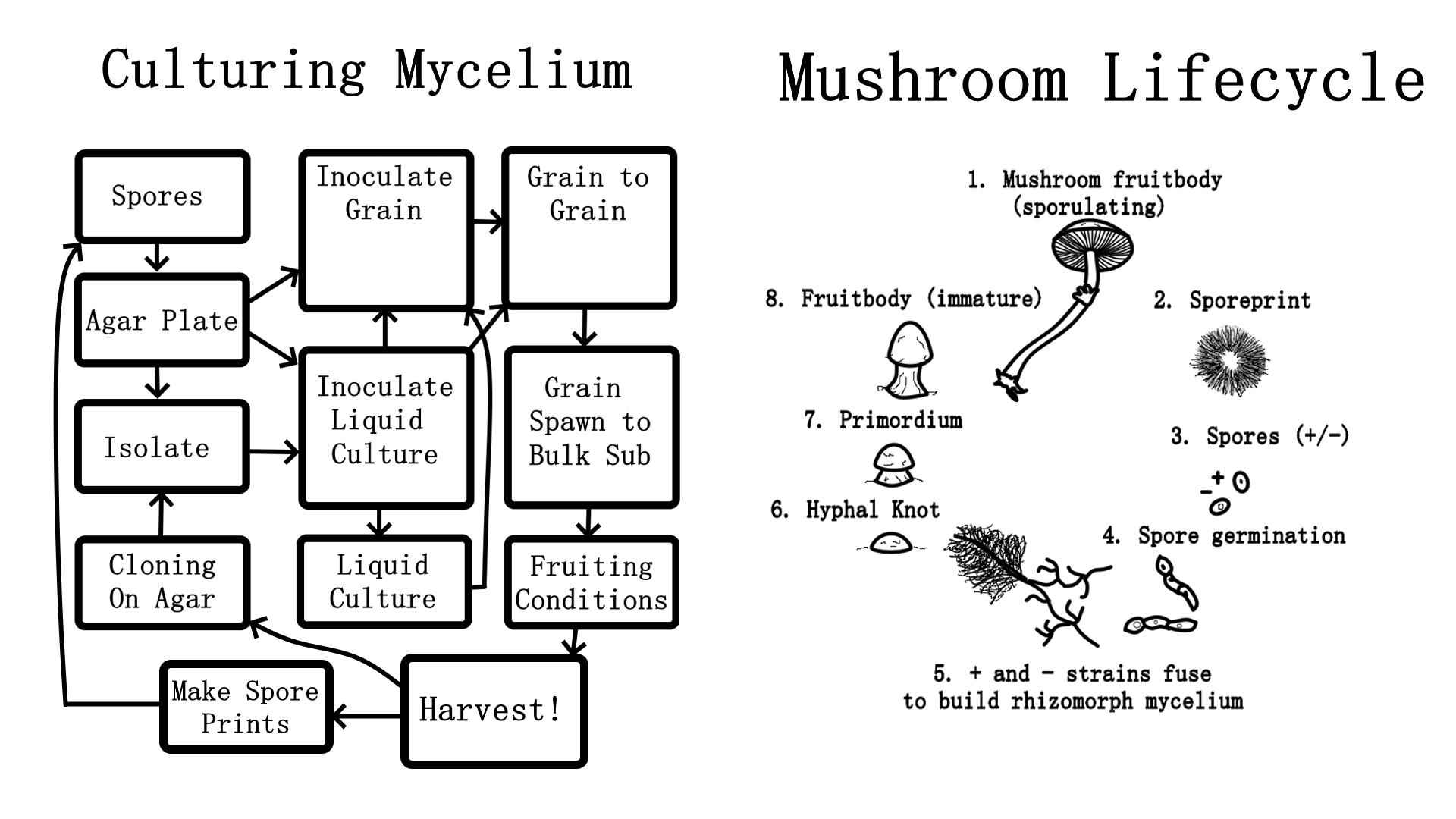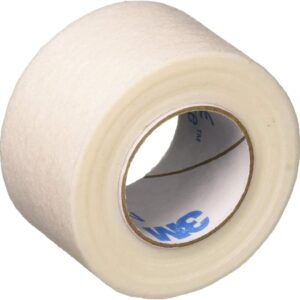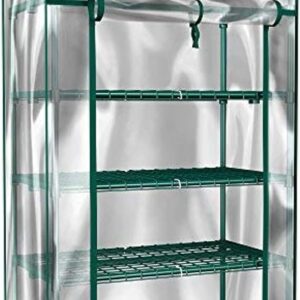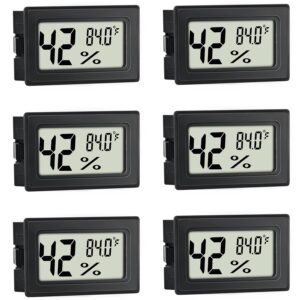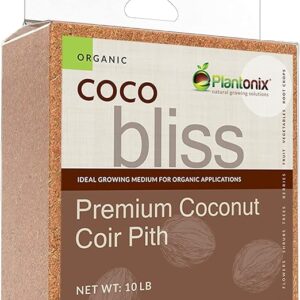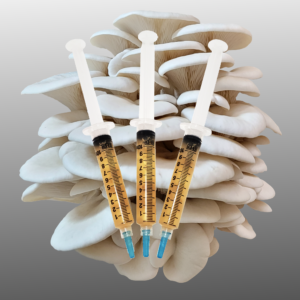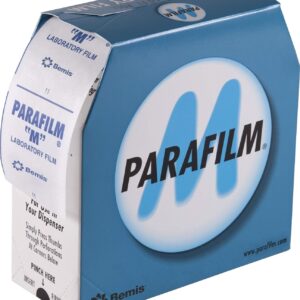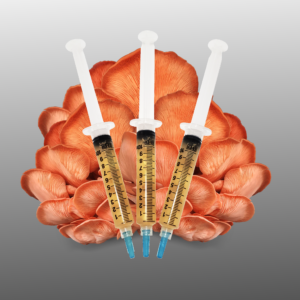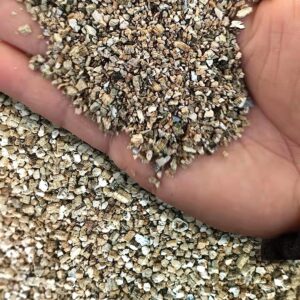The mushroom lifecycle, also known as the fungal life cycle, is a complex process involving different stages in the life of a mushroom-forming fungus. Here are the general steps of the mushroom lifecycle in nature:
- Spore Dispersal: The lifecycle begins with the release of spores from mature mushrooms. Spores are tiny reproductive cells that are carried by wind, water, or other factors to new locations. These spores are the equivalent of seeds in plants.
- Germination: When a spore lands on a suitable substrate (like soil, decaying organic matter, or a tree), it germinates. A spore germinates by sending out a thread-like structure called a hypha. This hypha grows and develops into a network called mycelium.
- Mycelium Growth: Mycelium is the vegetative body of the fungus. It consists of a complex network of hyphae that spread throughout the substrate, breaking down organic matter and absorbing nutrients. Mycelium plays a crucial role in decomposing dead material and recycling nutrients in ecosystems.
- Mycorrhizal Associations (Optional): Some mushroom-forming fungi establish mycorrhizal associations with plants. In these relationships, the fungal mycelium forms symbiotic connections with plant roots, providing the plant with nutrients (like phosphorus and nitrogen) while receiving sugars from the plant.
- Primordia Formation: Under suitable environmental conditions (such as specific temperature and humidity), mycelium begins to develop small, visible structures known as primordia. These primordia are the precursors to mature mushrooms and appear as small bumps or knots on the surface of the substrate.
- Mushroom Formation: The primordia continue to develop and elongate, forming the mature mushroom. The mushroom consists of a cap, gills or pores, a stem, and a mycelial network beneath the ground.
- Spore Production: Under the cap of the mature mushroom, specialized structures called basidia produce spores. These basidia typically produce spores in groups of four, and the spores are released from the gills or pores as the mushroom matures.
- Spore Dispersal: Once mature, the mushroom releases spores into the environment. Wind, raindrops, and various other factors help disperse the spores, allowing them to potentially colonize new areas and continue the lifecycle.
- Decay and Recycling: After releasing its spores, the mature mushroom eventually begins to deteriorate and decompose. This decomposition process contributes to nutrient cycling and the overall health of the ecosystem.
- Repetition: As the spores disperse and find suitable substrates, the cycle repeats itself. The spores germinate, mycelium grows, primordia form, mushrooms develop, and the lifecycle continues.
It’s important to note that the mushroom lifecycle can vary slightly among different fungal species, and some mushrooms may have more complex or specialized lifecycles. The lifecycle described above is a general overview of the process for many mushroom-forming fungi.
-
Micropore Tape, 12 pcs (1″ x 10 yards)
-
Mini Greenhouse-4-Tier Indoor/Outdoor. Grow Plants, Seedlings, Herbs, or Mushrooms
-
Mini Humidity Meter Hygrometer/Thermometer 6 Pack
-
Organic Coco Coir by Coco Bliss (10 lb block)
-
Organic Light Dried Malt Extract DME – 1 Lb
-
Oyster Mushroom Liquid Culture
-
Parafilm
-
Pink Oyster Liquid Culture
-
Professional Grade Horticultural Organic Vermiculite 10 Qt

